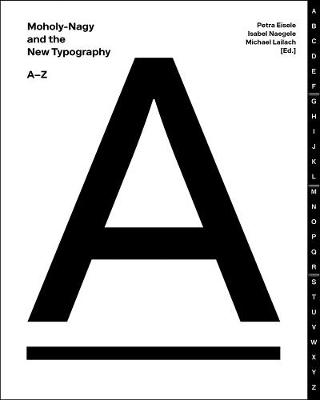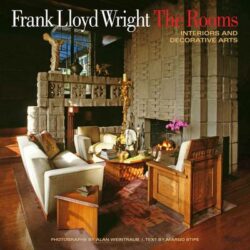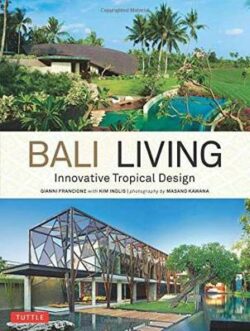Moholy-Nagy and the New Typography
$188.00
Out of stock
Alert me when product is restocked
Description
The 1920s in Germany witnessed a revolution in visual communication, typography, and graphic design that still influences us today. In 1929, Hungarian avant-garde artist and Bauhaus professor Laszlo Moholy-Nagy was invited to design a room dedicated to the future of typography at the Martin-Gropius Bau in Berlin as part of a larger exhibition called New Typography (“Neue Typographie”). The exhibition was organised by the Ring of New Advertising Designers (“ring neue werbegestalter”), a group started by Kurt Schwitters in 1927 which consisted of 12 avant-garde designers and artists who explored a common vision of modernity in advertising and graphic design. In five years, the Ring put on over 20 shows in Germany, and invited guest artists to exhibit with them. Moholy-Nagy’s room in the New Typography show was called “Where is Typography Headed?”. He created 78 freestanding panels with work by himself, other artists, and contemporary printed matter, which addressed the current trends and future direction of typography. The panels are reproduced together in this book for the first time, along with an Abcdarium of terms and concepts by a roster of noted typography and design historians. AUTHORS: Dr. Petra Eisele is one of the founders of the Society for Design History and the author of numerous books on design and design history. She edited the recent title Futura: The Typeface (Laurence King, 2017) along with Isabel Naegele and Annette Ludwig. Dr. Isabel Naegele is professor in the Department of Design at the University of Applied Sciences in Mainz (Germany). Michael Lailach is a curator and academic at the Art Library of the State Museums of Berlin. SELLING POINTS: . Features recently discovered, previously unpublished materials from the archives of the Kunstbibliothek in Berlin by Bauhaus professor and renowned avant-garde artist Laszlo Moholy-Nagy . Includes work by Moholy-Nagy, Guillaume Apollinaire, F.T. Marinetti, Theo van Doesburg, Herbert Bayer, Walter Dexel, and El Lissitzky . Published concurrently with an exhibition at the Staatliche Kunstbibliothek in Berlin
Additional information
| Dimensions | 240 × 300 mm |
|---|---|
| Author | Petra Eisele |
| Author Bio | Dr. Petra Eisele is one of the founders of the Society for Design History and the author of numerous books on design and design history. She edited the recent title Futura: The Typeface (Laurence King, 2017) along with Isabel Naegele and Annette Ludwig. Dr. Isabel Naegele is professor in the Department of Design at the University of Applied Sciences in Mainz (Germany). Michael Lailach is a curator and academic at the Art Library of the State Museums of Berlin. |
| ISBN | 9783862067541 |
| Number of Pages | 256 |




